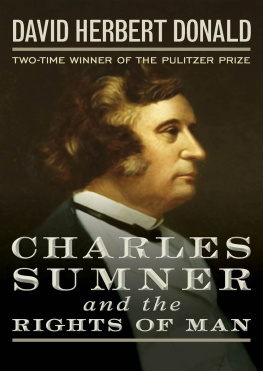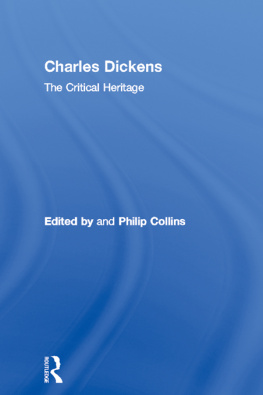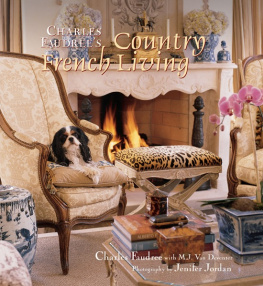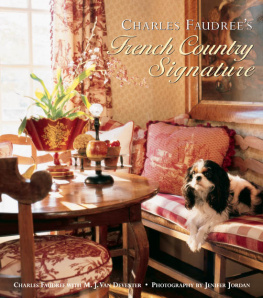Sir Walter Scott
Sir Walter Scott
THE COUNTRY OF
SIR WALTER SCOTT
BY
CHARLES S. OLCOTT
Author of George Eliot: Scenes and People of Her Novels
ILLUSTRATED FROM PHOTOGRAPHS
BY THE AUTHOR
BOSTON AND NEW YORK
HOUGHTON MIFFLIN COMPANY
The Riverside Press Cambridge
COPYRIGHT, 1913, BY CHARLES S. OLCOTT
ALL RIGHTS RESERVED
Published September 1913
TO
MY WIFE
THE COMPANION OF MY TRAVELS
TO WHOSE SYMPATHETIC COOPERATION I AM
INDEBTED FOR MUCH OF THE MATERIAL
THIS BOOK
IS AFFECTIONATELY DEDICATED
CONTENTS
I.
II.
III.
IV.
V.
VI.
VII.
VIII.
IX.
X.
XI.
XII.
XIII.
XIV.
XV.
XVI.
XVII.
XVIII.
XIX.
XX.
XXI.
XXII.
XXIII.
XXIV.
XXV.
XXVI.
XXVII.
XXVIII.
XXIX.
XXX.
The Highland Widow
The Two Drovers
The Surgeon's Daughter
Anne of Geierstein
Count Robert of Paris
Castle Dangerous
XXXI.
ILLUSTRATIONS
Portrait of Sir Walter Scott...
Photogravure from an engraving by William Walker of a painting
by Sir Henry Raeburn, R.A., 1822.
Showing localities of Scott's writings
From Barnard Castle
Showing Triermain Castle Rock
From the Teith
Waverley's retreat after the defeat of the Chevalier
Showing Localities of Scott's writings
Entrance to the Duke of Portland's estate, Sherwood Forest
Showing localities of Scott's writings
Burial-place of 'The Fair Rosamond'
INTRODUCTION
On the first day of May, 1911, we began our exploration of the 'Scott Country.' I say we, because I was accompanied by the companion of a much longer journey, of which that year was the twenty-fifth milestone. Whether from reasons of sentiment resulting from the near approach of our silver anniversary, or because of more prosaic geographical considerations, we began at the place where Walter Scott discovered that he would be likely to see more of the beauty of life if he were equipped with two pairs of eyes rather than one. This was at the village of Gilsland, in the north of England, where the poet first met the companion who was to share the joys and sorrows of the best years of his life. A pony and dogcart took us clattering up to the top of the hill, where, leaving our conveyance, we started down the glen to the banks of the river Irthing. Here the camera promptly responded to the call of a beautiful view and the first exposure was made:a gently flowing stream of shallow water, scarcely covering the rocky bed of the river; a pleasant path along the bank, well shaded from the sun; and a slender little waterfall in the distance;the same scene which so often met the eyes of Walter Scott and his future bride as they strolled along the stream in their 'courting' days.
This was the beginning of a tour which eventually led into nearly every county of Scotland, as far north as the Shetland Islands, and through a large part of England and Wales. We went wherever we thought we might find a beautiful or an interesting picture, connected in some way with the life of Sir Walter, or mentioned by him in some novel or poem. Knowing that he had derived his inspiration from an intimate knowledge of the country, we sought to follow his footsteps so far as possible. Months of preparation had been devoted to the work before leaving home. Every novel and poem had to be read, besides many books of reference, including, of course, Lockhart's Life, for it would not have been safe to trust to the recollections of earlier reading. Notes were made of the places to be sought, and two large maps were prepared on which I marked circles with a red pencil around all points which I thought ought to be visited, until my maps began to look as though they were suffering from a severe attack of measles. Then the route was laid out by 'centres.' The first was Carlisle, then Dumfries, Melrose, Edinburgh, Berwick, Glasgow, Stirling, Callander, the Trossachs, Oban, and so on until the entire country had been covered. From each 'centre' as a convenient point of departure we explored the country in many directions, visiting so far as possible every scene of the novels and poems that could be identified.
It was surprising to find so many of these scenes exactly as Sir Walter had described them. The mountains and valleys, the rivers, lakes, and waterfalls, the wild ruggedness of the seaside cliffs, the quaint little old-fashioned villages, the ruined castles and abbeys, all brought back memories of the romances which he had so charmingly set amidst these scenes. It was like actually living the Waverley Novels to see them. And in seeing them, we came to know, on intimate terms, Sir Walter himself; to feel the genial influence of his presence as if he were a fellow traveller, and to love him as his companions had done a century ago.
But our constant purpose was to do more than this. With the help of the camera we sought to catch something of the spirit of the scenery and to bring it home with us, in the hope that those who have never seen the 'Scott Country' might at least have a few glimpses of it, and that those who have seen all or a part of it, might find in these views a pleasant reminder of what must have been a happy experience.
There is no occasion to add at the present time to the volume of literary criticism of such well-known novels and poems as those of Scott, nor is it possible to add any material facts to his biography. This book makes no such claim. It does not attempt to retell the romances, except in so far as may be necessary to explain their connexion with the scenery or to introduce the 'original' of some well-known character. If a glimpse of the novelist's genial face is seen now and then, it is because his spirit pervades every nook and corner of bonnie Scotland, and it would be impossible for appreciative eyes to view the scenery without seeing something of the man whose genius has added so greatly to its charm.
If this book shall add to the pleasure of any of the readers of Sir Walter Scott by bringing them into the atmosphere of his novels and poems, and so a little nearer to the kindly personality of the man, its purpose will have been fulfilled.
THE COUNTRY
OF SIR WALTER SCOTT
CHAPTER I
THE 'MAKING' OF SIR WALTER
'He was makin' himsel' a' the time, but he didna ken maybe what he was about till years had passed; at first he thought o' little, I dare say, but the queerness and the fun.'
In these expressive words, Robert Shortreed, who guided Walter Scott on the celebrated 'raids' into the Liddesdale country, correctly summarized the youth and early manhood of the future poet and novelist. Scott was thirty-four years old when the 'Lay of the Last Minstrel' appeared, and had reached the mature age of forty-three before he published the first of the Waverley Novels. But from early childhood he was busily engaged, with more or less conscious purpose, in gathering the materials for his future work.
It is the purpose of this chapter to show, by a brief survey of these preparatory years, how he acquired that intimate knowledge of human nature that enabled him to record so truthfully and with such real sympathy the thoughts and feelings, the hopes and fears, the manners of life, the dress, the conversation, and the personal peculiarities of people of every degree, from Mary, Queen of Scots, to Meg Merrilies, the Queen of the Gipsies; from the lordly Earl of Montrose down to the humblest of the Children of the Mist. It will also aim to suggest something of the method by which he learned to paint such charming pictures of ancient castles and ruined abbeys, of princes' palaces and fishermen's cottages, of rocky shores and wild paths through the woods, of rivers, lakes, and mountains, and all the other elements that make up the varied and beautiful scenery of Scotland and England.









